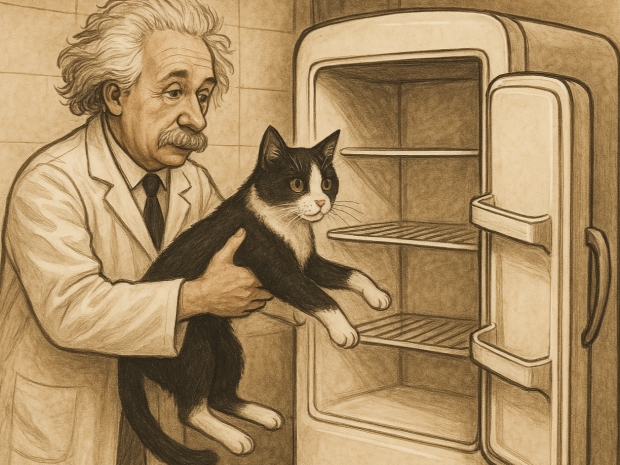The stunt, described in Nature, ran across data centres in Frankfurt, Kehl, and Kirchfeld, stringing together a 254 km stretch of commercial optical fibre. That’s a record-breaking jaunt for coherent quantum key distribution without the lab gear to freeze all the gear.
Mirko Pittaluga and his research crew tossed out the need for cryogenic coolers, instead relying on a coherence-based twin-field approach. This trick allows the predictable interaction of light waves to stretch the range of secure quantum transmissions.
They reckon this could mean actual quantum networks running on today’s telecom kit rather than bespoke, power-hungry monstrosities. This could create a quantum internet without the hyperspecialised overkill.
“Our results show that repeater-like quantum communication can work in a real-world network, doubling the distance over which practical quantum key distribution (QKD) can be used—without needing cryogenic cooling,” the team said
“As far as we know, we also built one of the largest QKD networks that doesn’t rely on trusting the measuring devices.”
This research shows that coherence-based quantum communication can work with today’s telecom infrastructure. This could be a big step forward for future high-performance quantum networks, including advanced communication protocols, quantum repeaters, quantum sensing networks, and shared quantum computing.

